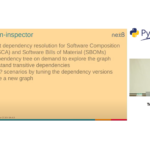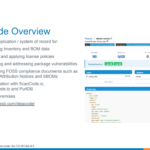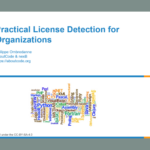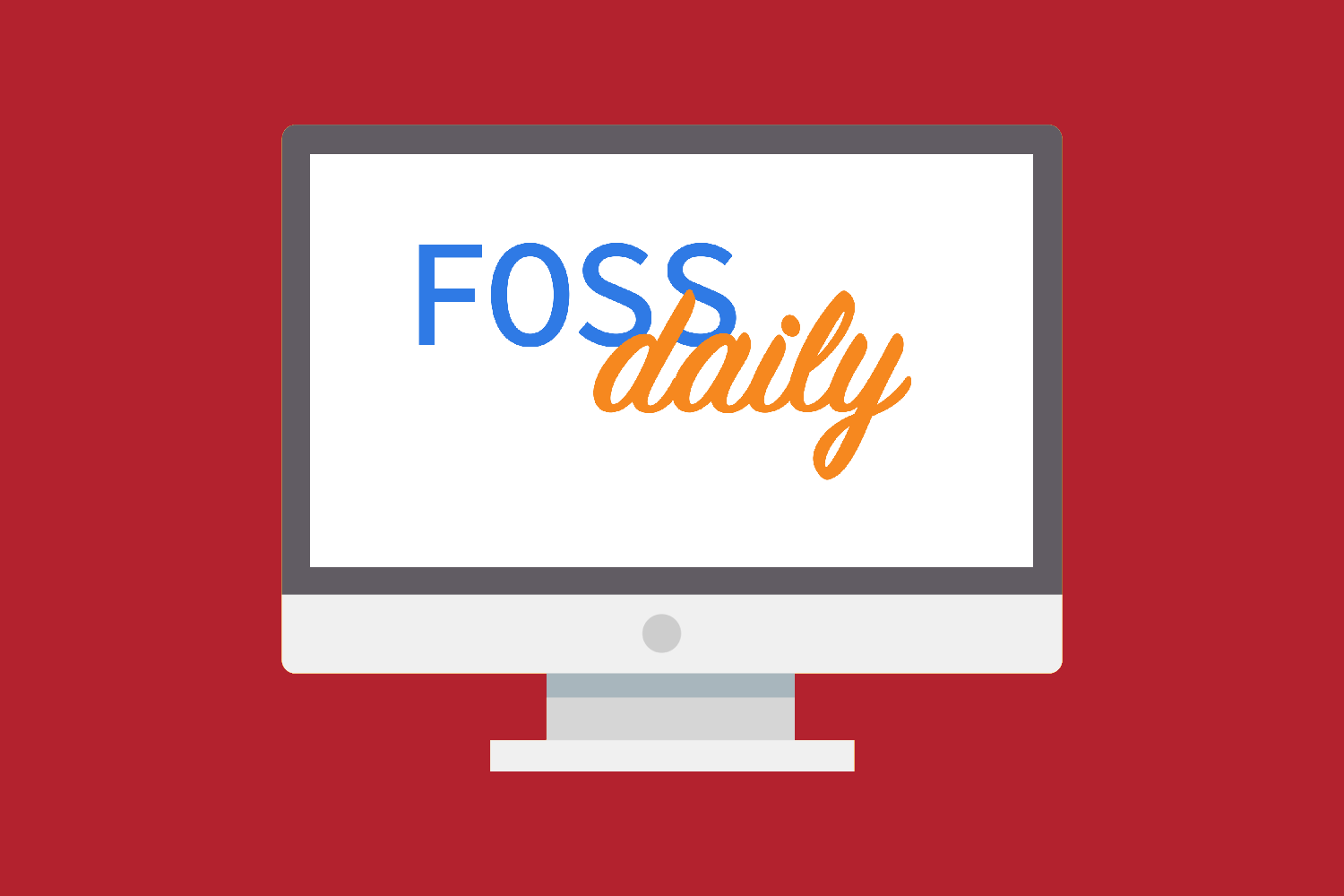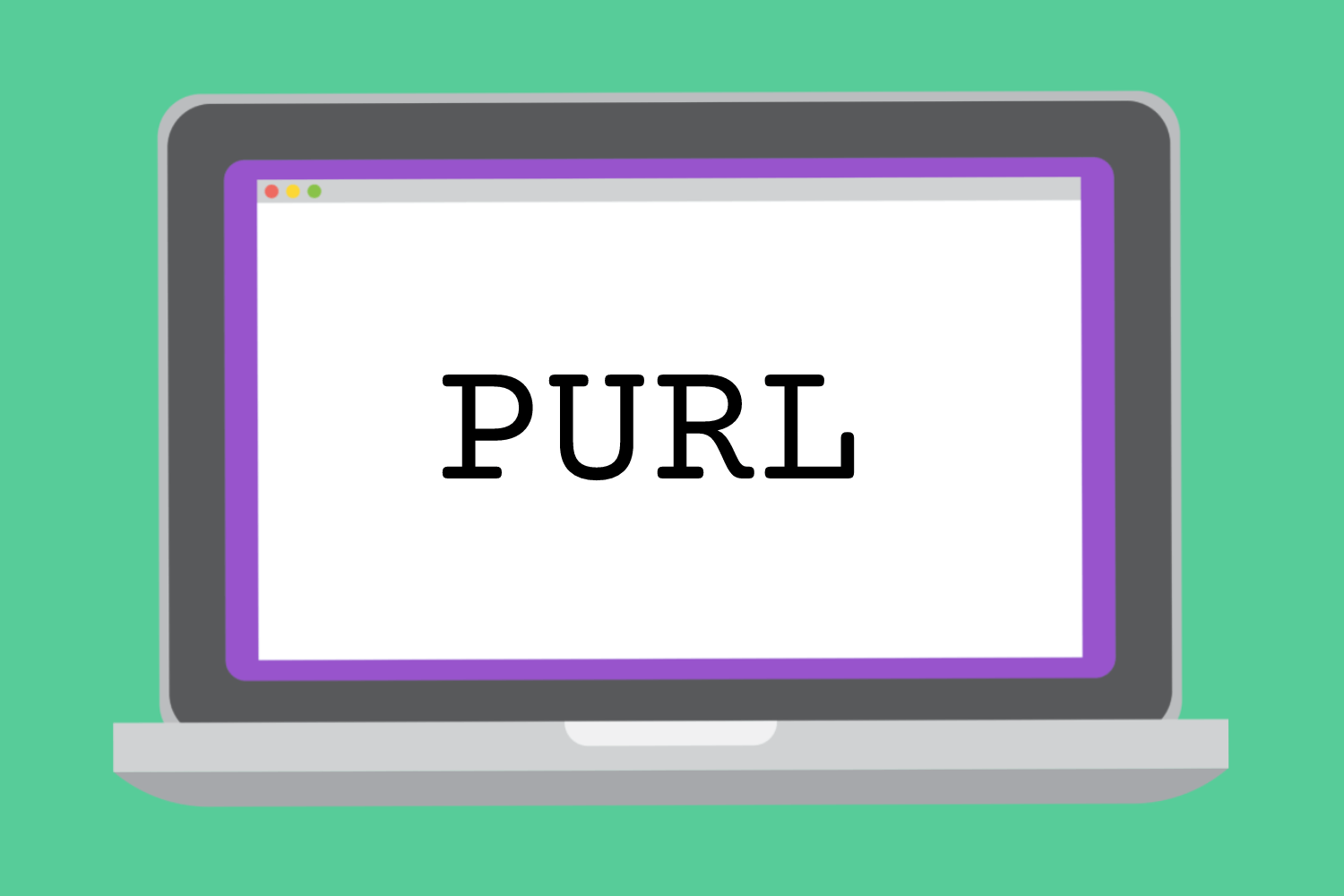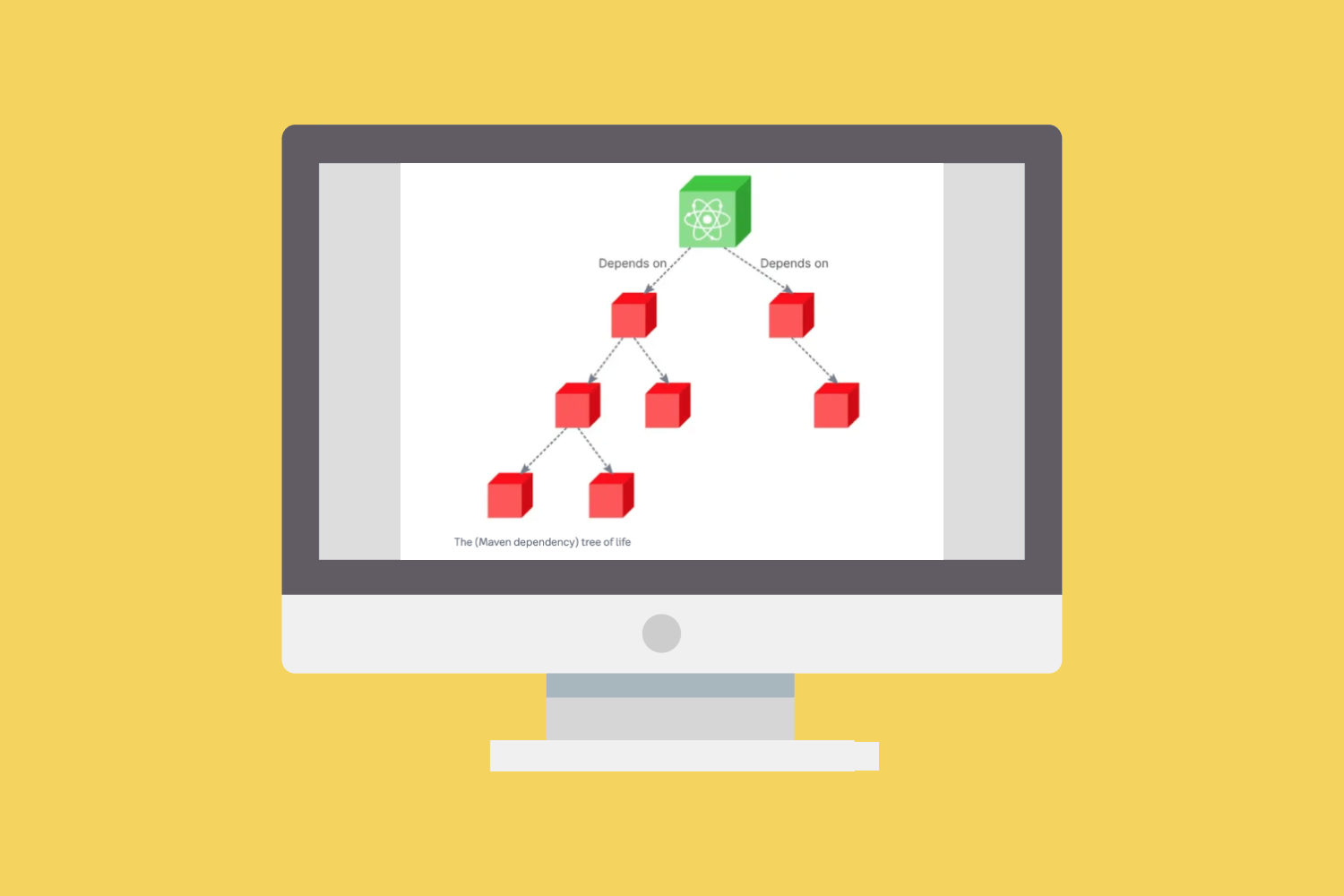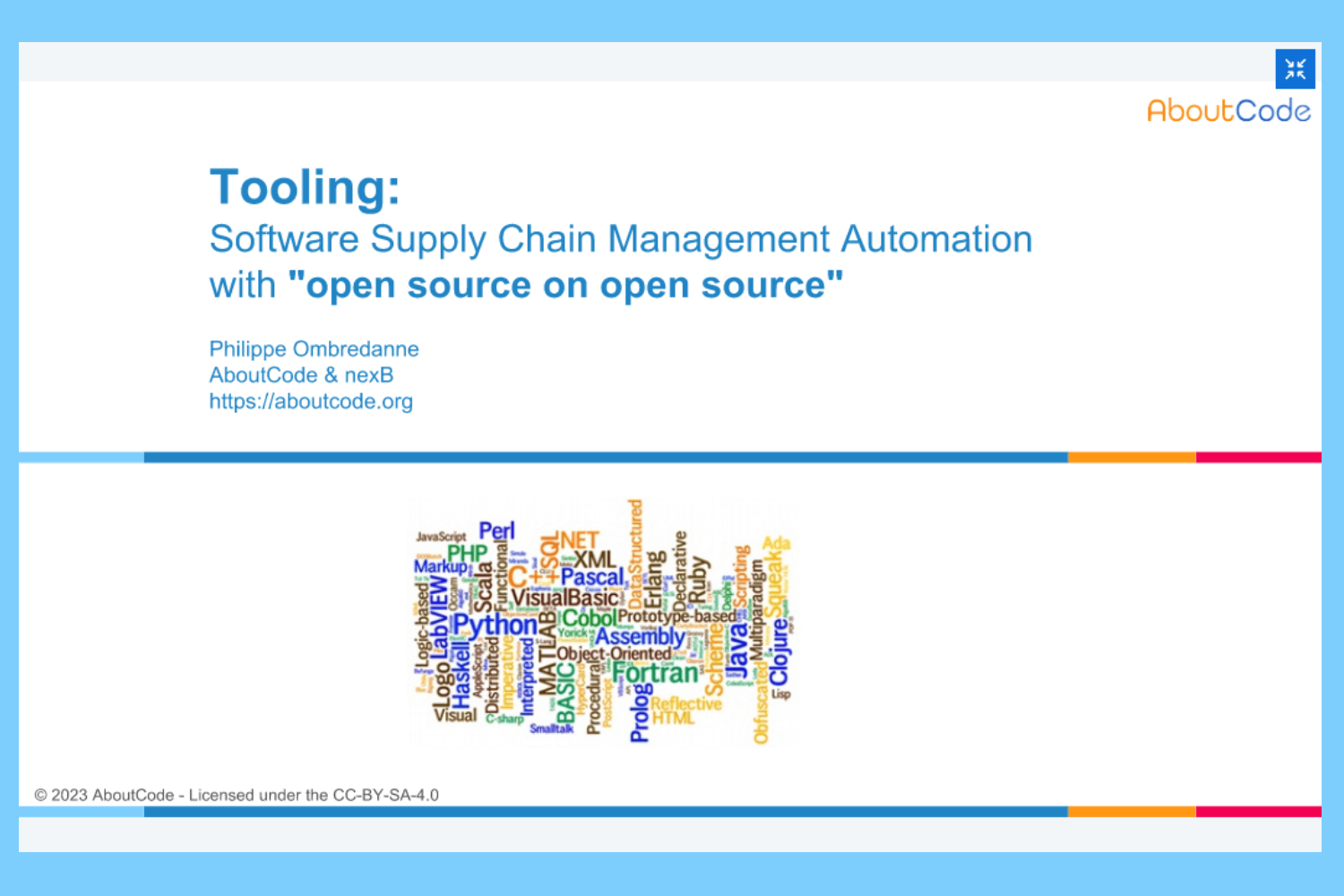tl;dr
No, but a copyright statement with attribution and license is not only useful but necessary.
At the beginning of each new year, developers around the world update the year range in their project’s copyright notices. But is it really necessary?
Hynek Schlawack, Lead Infrastructure and Software Engineer Variomedia AG, perhaps said it best: “Every January 1st, an army of open source developers rushes out to update their copyright attributions in licenses and documentation. Why? Because we’ve always done it that way.”
Copyright is applied automatically per the Berne International Copyright Convention of 1886, currently ratified by 181 out of 195 countries in the world. This means that copyright statements are not necessary to protect copyright and gives copyright holders exclusive power over their work.
To allow someone to use a copyrighted work, the rights need to be given, usually in the form of a license.
Matija Suklje, a lawyer working in FOSS, wrote an informative blog post on How and why to properly write copyright statements in your code. He says that to satisy the basics of copyright law, two items are required:
- Attribution listing the authors
- Licenses giving the right to use the code
The short answer? No. The long answer? Only if you are worried about your code ending up in the public domain after 50+ years. Most software we’re building now is extremely highly unlikely to still be commercially interesting 50 years from now.
Popular open source projects like Google’s Go, Microsoft’s VS Code, and Netflix’s Hystrix already just list the first year of the copyright. Others dropped years altogether – Facebook removed years from React, and so did GitHub, Facebook and Amazon.
Mark Atwood, Principal Engineer in the OSPO at Amazon, wrote “Content under an open source license that was published in git, or any time stamped mechanism (email, object stores, anything that feeds into internet archive, of a filesystem with backups) does not need a copyright year.”
The Linux Foundation recommends as a community best practice to just include the word “Copyright” and a list of authors or contributors without a year to communicate that “the work is copyrighted; the contributors of the code licensed it, but retain ownership of their copyrights; and it was licensed for distribution as part of the named project.”
Daniel Stenberg, an open source developer and curl maintainer, started 2023 by removing the copyright years from almost everywhere in the curl source code repository. He writes, “We own the copyrights no matter if the years are stated or not. The exact years the files were created or edited can still easily be figured out since we use version control, should anyone ever actually care about it.”
Looking at the release date of the code or changelogs, one can confirm the start date of the copyright.
Here at nexB, we agree. For all AboutCode projects, we’re in the process of removing the year from our copyright notices. Happy new year!
